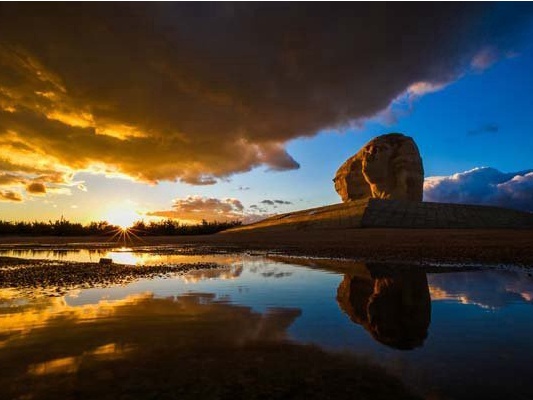Located in northwestern Hebei Province, 180 kilometres away from Beijing, Zhangjiakou comprises six districts, ten counties, two administrative areas and one economic development area. It occupies a total surface area of 37,000 square kilometres and has a total population of 4.68 million.

Zhangjiakou is well served by transport and highly accessible. It is home to six railways, seven expressways, nine national highways and 20 provincial highways. Its public road network spans a total of 21,000 kilometres, among which 926 kilometres are expressways, making it top of the country.
Zhangjiakou is a city rich in intangible cultural heritage and folk culture. It boasts 380 intangible cultural heritage items that cover over a dozen categories, including traditional opera, folk art, traditional handicrafts and folk music and dance. Currently, one item is on the list of UNESCO Intangible Cultural Heritage, 5 are listed as National Intangible Cultural Heritage, 31 as Provincial Intangible Cultural Heritage and 83 as Municipal Intangible Cultural Heritage .
The art of paper cutting in Yuxian County began during the reign of the Daoguang Emperor (1820 – 1850), which is over 150 years old and is the only incised colour paper cutting in China. The products are sold in over 40 countries and regions, including the U.S., Japan, Canada and Singapore, and are well received among both foreign and domestic consumers. It has been on the list of UNESCO Intangible Cultural Heritage. Traditional opera with distinctive regional characteristics from Zhangjiakou includes Koubangzi and Dongluer’rentai, which are precious cultural legacies as well as culture brands of the city.
Thousand years of civilisation initiated in Zhuolu; the culture of alliance created the great nation of China. Zhuolu is steeped in history and has a profound culture. The county of Zhuolu has preserved 23 historical remains, including Huang Di City, Yan Di Camp and Chi You Village, and proposed the concept of “Yan Di, Huang di and Chi You are our shared ancestors, and all ethnic groups are in one family”. This “Three-Ancestor Culture” has become an influential cultural brand for the county.



